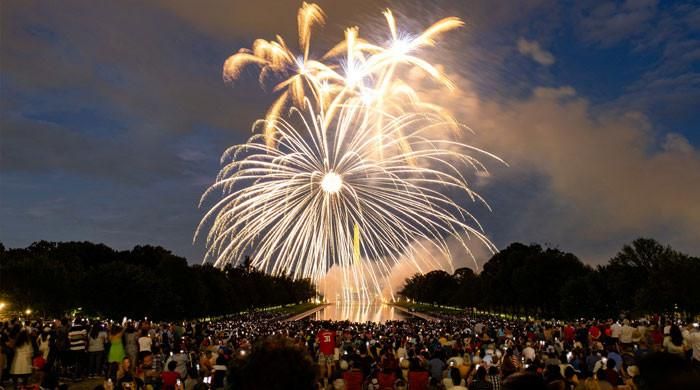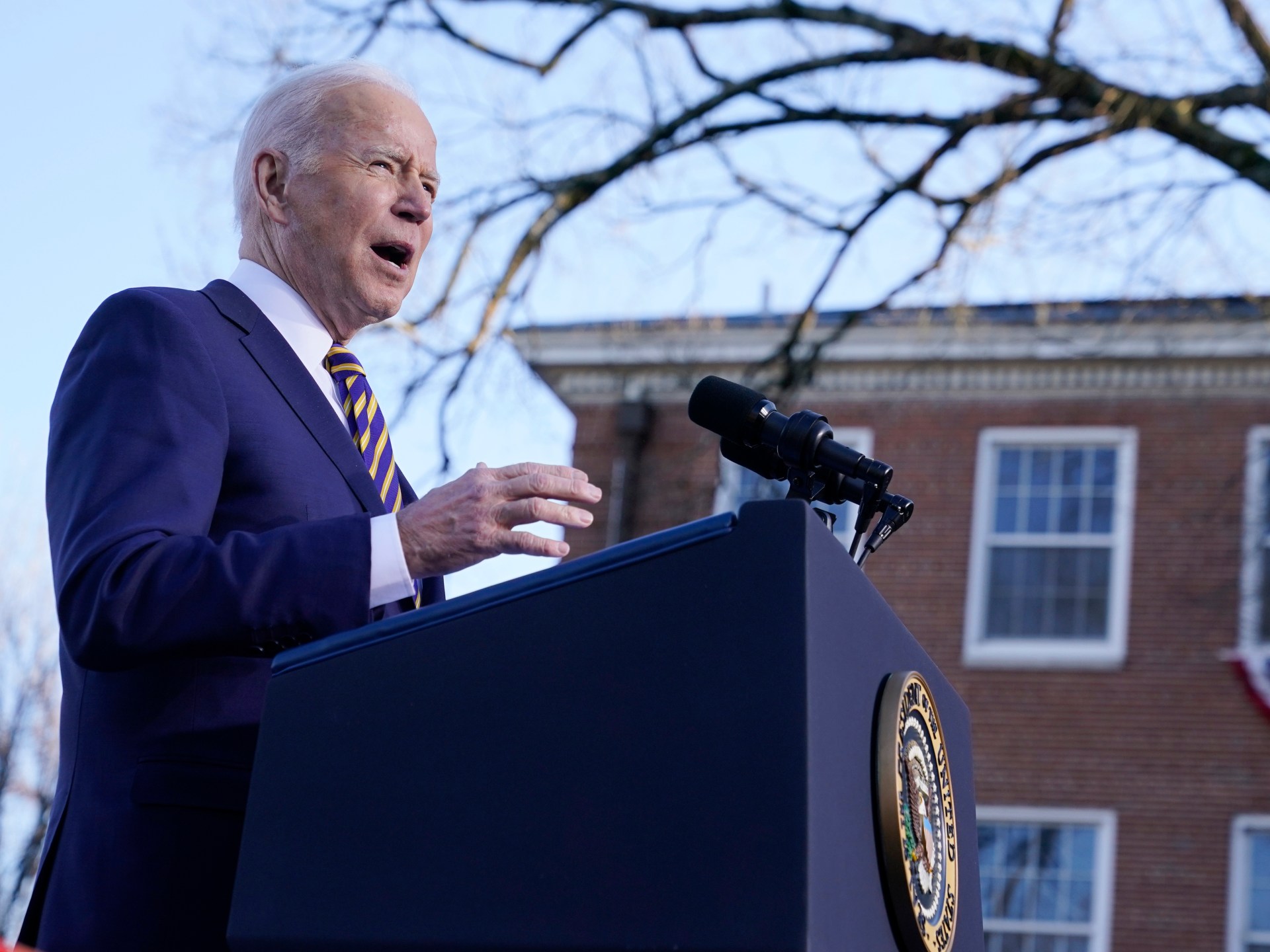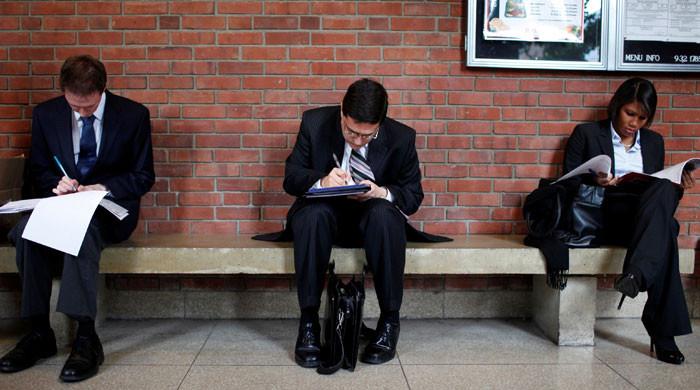Travel records were projected to be broken as Americans flocked to airports and clogged highways in anticipation of celebrating the birth of their nation with parades, barbecues and spectacular fireworks displays.
Many chose to prioritize leisure and adventure, refusing to let economic concerns hinder their vacation plans.
According to the Denver GazetteAn estimated 16,000 professional fireworks displays have been held along with backyard gatherings to celebrate the Fourth of July festivities.
This year's U.S. holidays are expected to mark record-breaking fireworks use, according to a fireworks industry consumer group.
“That's how we celebrate. It's the bombs going off in the air. It's the red glow of the rockets. That's how people show their pride and patriotism,” said Julie Heckman of the American Pyrotechnics Association.
Meanwhile, according to the Transportation Security Administration, a record of nearly 3 million people traveled through airports in a single day last week, and that number is expected to be surpassed this week.
In addition, 60.6 million people are expected to travel by car during the holiday period.
Part of the increase in travel was attributed to declining inflation, although Americans remain concerned about the economy.
There was plenty of barbecue, desserts, cold drinks and the Stars and Stripes, but Americans were also celebrating in other ways unique to their communities.
Fourth of July Celebrations in U.S. Communities
On the rocky coast of Down East Maine, some planned to enjoy lobster boat races. Descendants of the signers of the Declaration of Independence rang the Liberty Bell 13 times (once for each of the original colonies) in Philadelphia.
The California communities of Bolinas and Stinson Beach, north of San Francisco, were participating in their annual tug-of-war contest in which the losers end up in a lagoon.
The annual hot dog eating contest in Coney Island, New York, is also in full swing.
However, the annual fireworks display in the Northern California city of Oroville was canceled as about 26,000 residents remained displaced by the growing Thompson Fire, while hundreds of firefighters worked in extreme heat to prevent the flames from reaching more homes.












